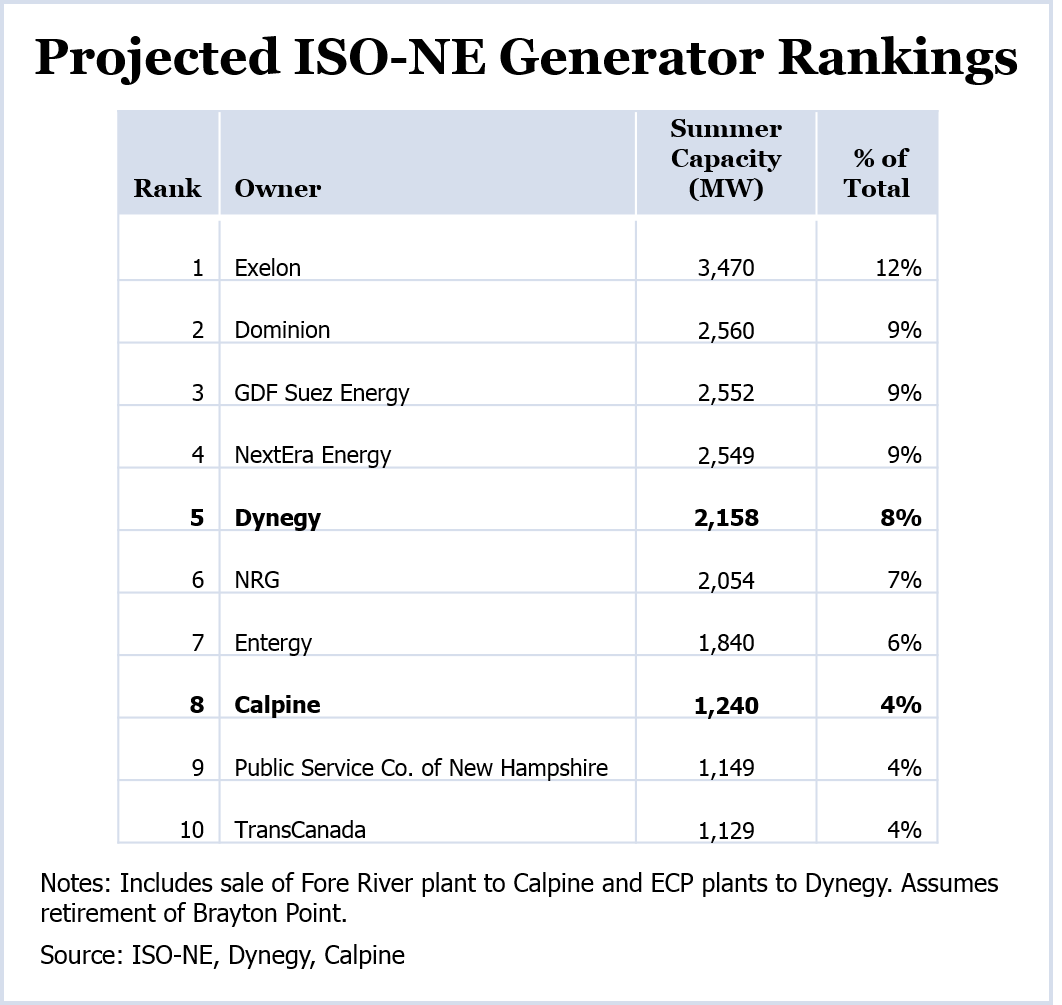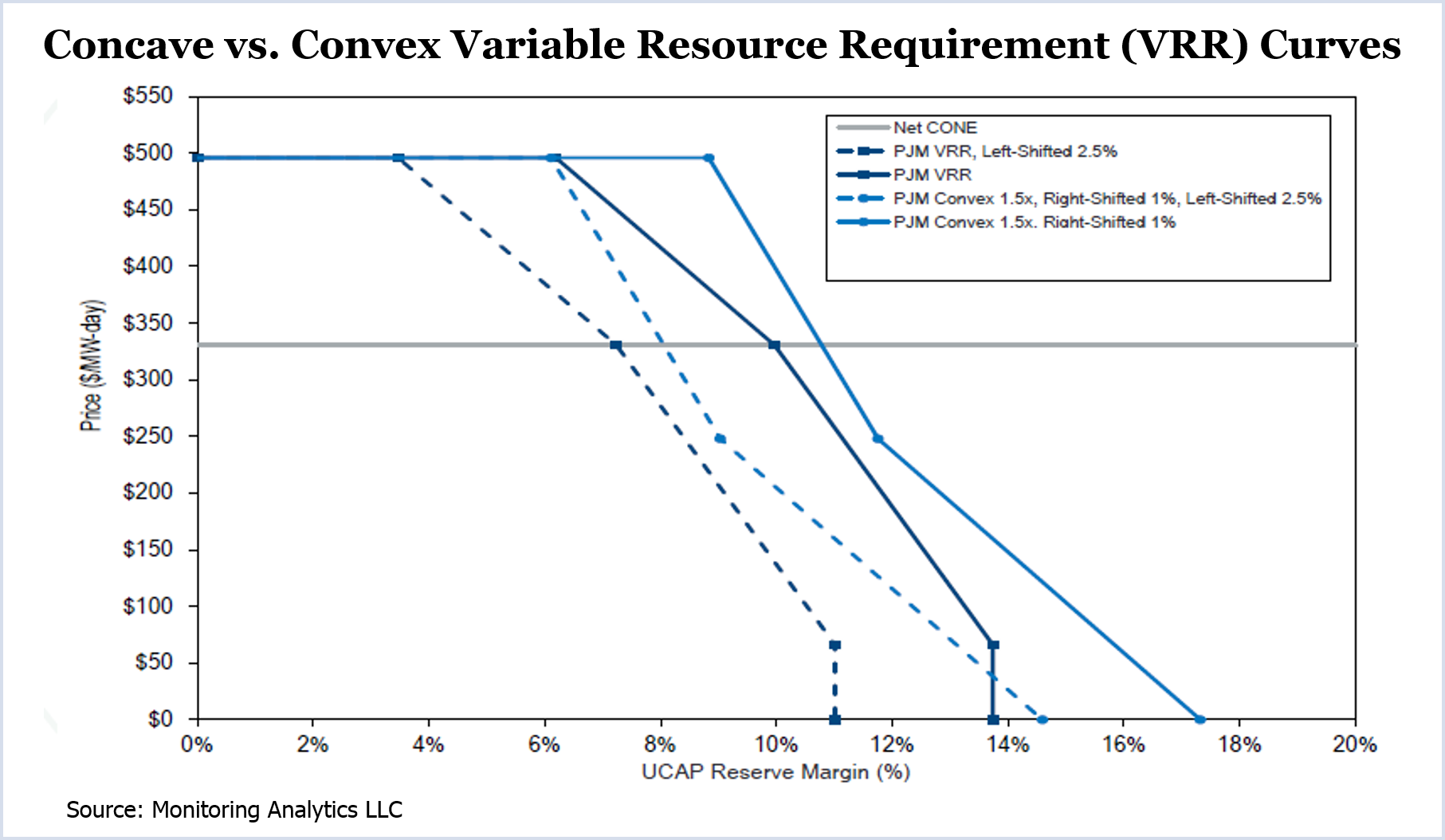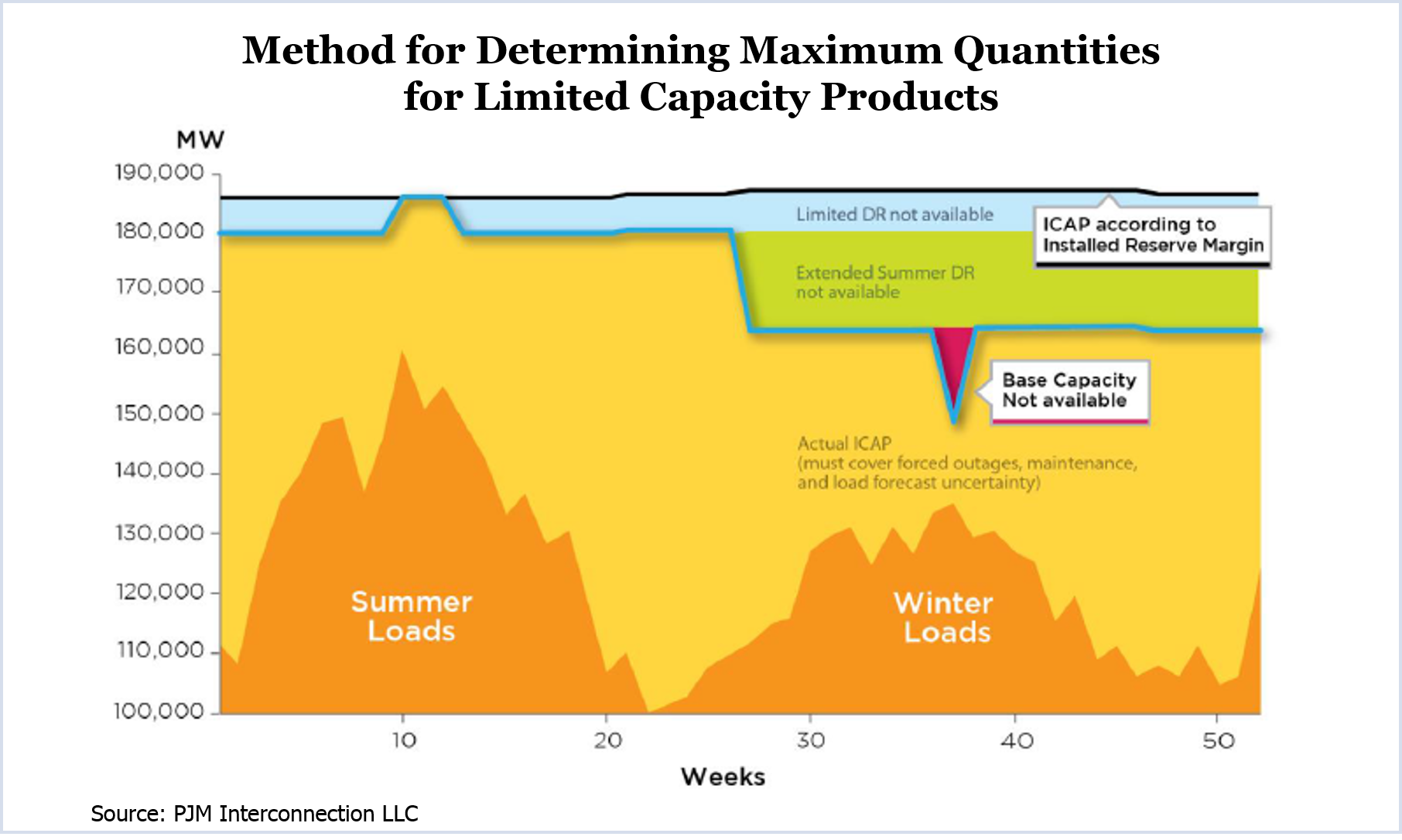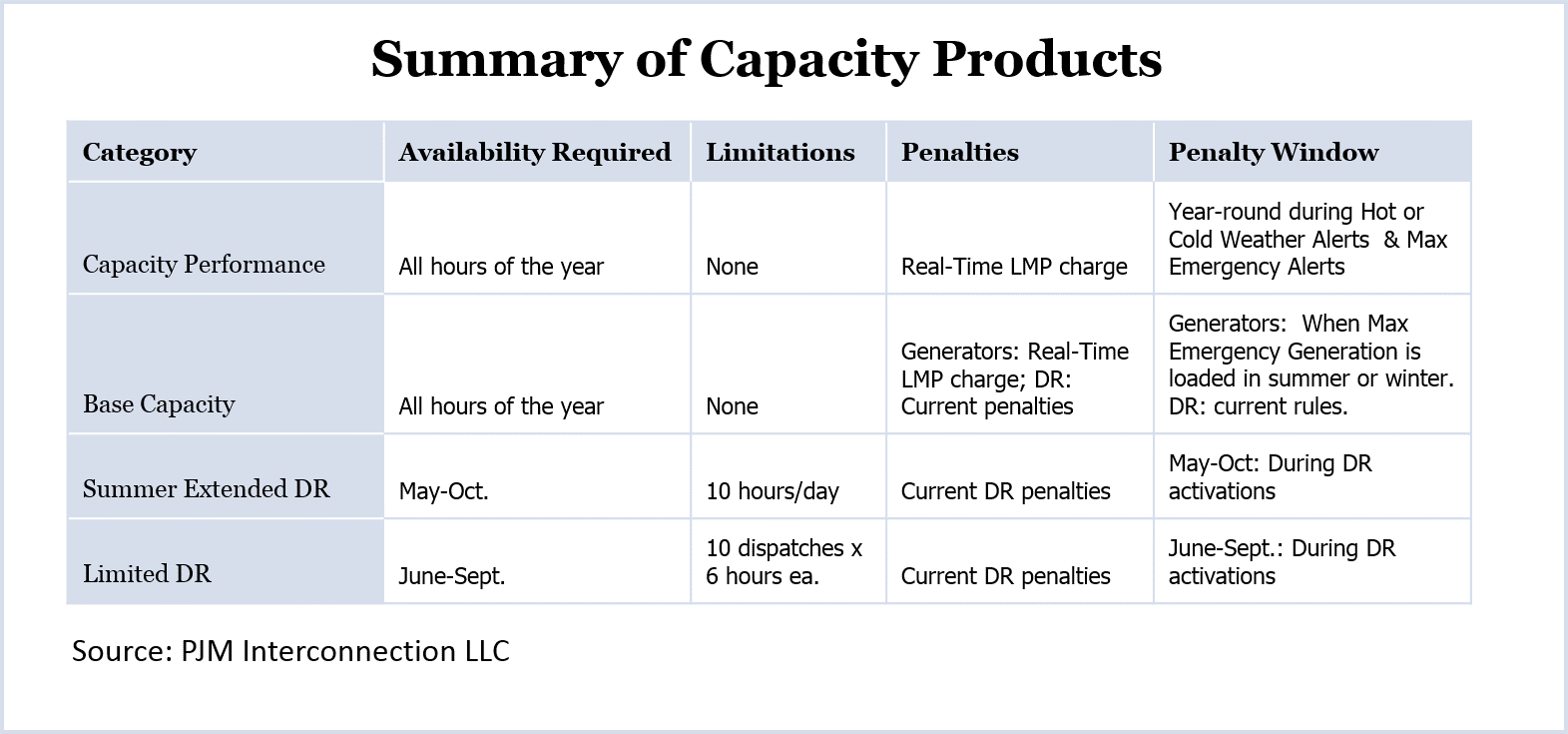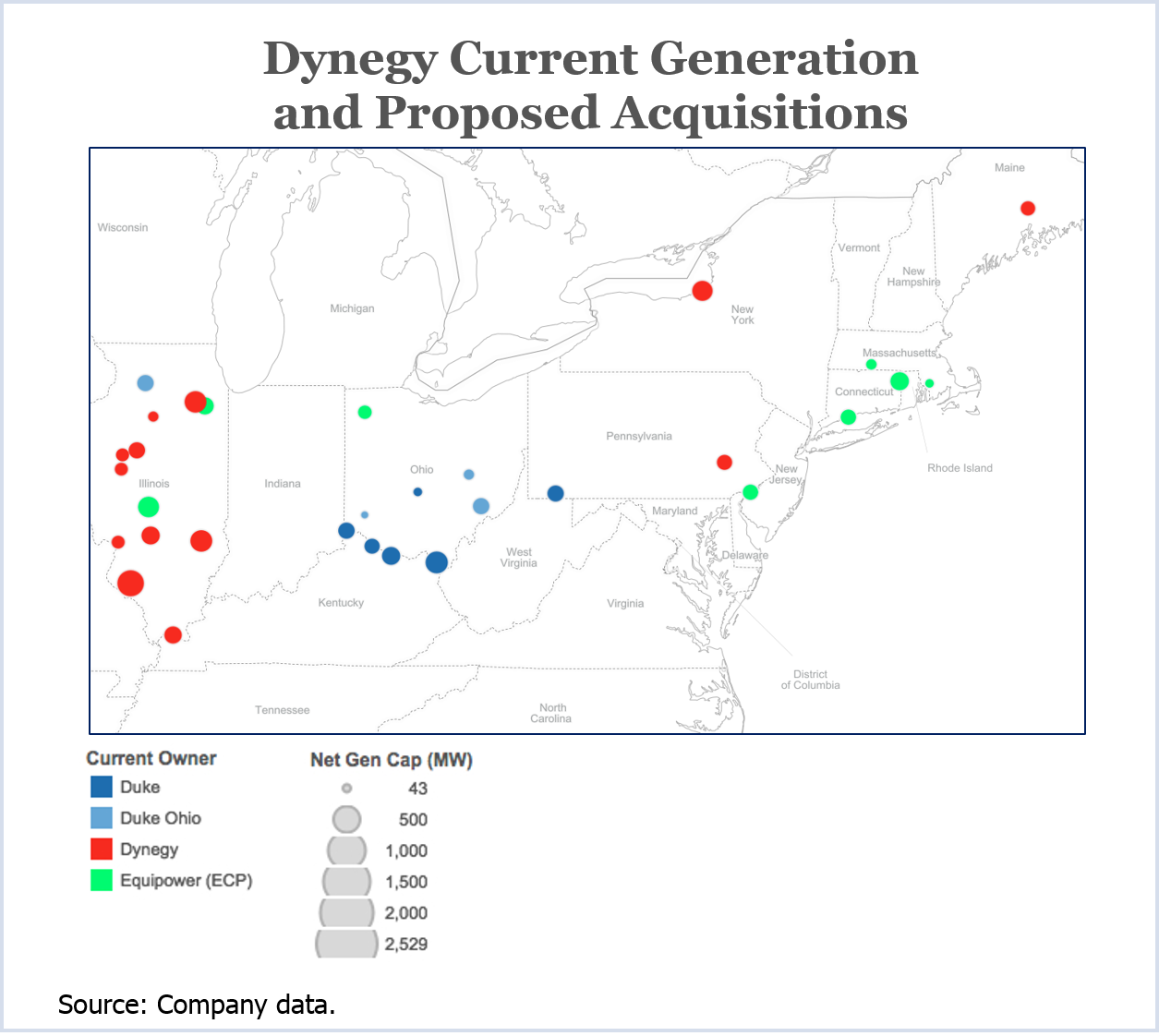
More: Energy Business Review
Hoosier Energy Signs 15-year Wind Deal
Hoosier Energy has agreed to buy 25 MW of the output of Rail Splitter Wind Farm in Illinois for 15 years, the company announced. The wind facility, about 25 miles west of Bloomington, Ill., has a total capacity of 100 MW. It is one of 31 wind farms in the U.S. operated by EDP Renewables of Texas. Hoosier Energy President and CEO Steve Smith said the deal will add to the renewables portfolio serving Hoosier’s 18 electric coops in southern Indiana and southeast Illinois. Hoosier also obtains energy from hydro and methane collection systems.
More: Renewablesbiz
Critics Call FirstEnergy’s Plan ‘Bailout,’ Want More Info
FirstEnergy insists that its plan to have Ohio ratepayers subsidize generation costs for its merchant plants will be a good deal for consumers, but critics of the plan see it as a bailout and say the company is slow to provide all the details of the plan. Under the “Powering Ohio’s Progress” plan that it submitted to the Public Utilities Commission of Ohio, the state’s regulated utilities would enter into long-term power-purchase agreements with the plants, including the W.H. Sammis coal plant and the Davis-Besse nuclear plant. The regulated utilities would then resell that power on the market.
FE admits that the first few years would probably result in a net loss to the utilities, but it insists that consumers would benefit in later years. Consumer advocates and other critics say it amounts to a bailout for the company and are complaining that they are having trouble obtaining access to the information FE filed with PUCO. They have vowed to contest the agreement before the commission.
“FirstEnergy admits that there are going to be costs, but that somehow everything will change, and in the out years there will be benefits,” said Dwayne Pickett, State Electric Caucus Chair for the Retail Energy Supply Association (RESA). “This is a bad idea.”
More: Midwest Energy News
Exelon Lobbies Illinois Lawmakers for Nuclear Generation Credits
Exelon, operator of the largest nuclear fleet in the U.S., told the Illinois Commerce Commission that it should get credit for the carbon emission-free electricity its reactors generate. Talking at an ICC policy meeting last week, the company said that in light of the recent Environmental Protection Agency’s emissions rule, nuclear generation should be recognized for its emissions-free generation.
“We’re the largest clean-energy producer in the country. We’ve ridden that horse for a long time,” an Exelon executive said. “If nuclear is not preserved in this country, there is no way we can meet those carbon rules.” Exelon said earlier this year that at least three of its nuclear generating stations are at risk of being shut down if they don’t receive some sort of credit.
More: Chicago Tribune(subscription required)
Integrys Execs Hit Jackpot in WE Deal
Five Integrys Energy Group executives will receive about $34.1 million in cash and stock after the company is sold to Wisconsin Energy next year, according to Securities and Exchange Commission records. Integrys CEO Charles Schrock will get $13.1 million. President Lawrence Borgard will get $9.6 million. None of the five is expected to have roles with Wisconsin Energy after the closing.
More: Crain’s Chicago Business
Kentucky Gas Plant Plans Cancelled
Kentucky Utilities and Louisville Gas & Electric cancelled plans to build a $700 million natural gas-fired plant in western Kentucky, citing decisions by nine municipal customers to terminate their power contracts. The proposed Muhlenberg County plant would have replaced the output of the soon-to-be shuttered Green River Station coal plant, and some Green River employees would have been shifted to the new plant.
“We’ve analyzed the situation carefully and believe that it is in the best interest of all of our customers to withdraw our current application for the natural gas combined-cycle unit in western Kentucky,” said Paul W. Thompson, chief operating officer for KU and LG&E. “Removing more than 300 MW of demand changes our load forecasts and thus delays the need for new generation.” The power companies said they are still looking at plans for a solar energy facility in the region.
More: The State Journal
Ameren Says $2 Billion Needed to Meet EPA Rules
Ameren Missouri said it would need to build 1,200 MW of natural-gas fired generation at a cost of $2 billion to comply with the Environmental Protection Agency’s proposed carbon emissions rule. Customers would see 10-15% rate increases. “We don’t really need that generation, but in order to comply with this, we need to install something to get that rate down because [the EPA’s proposal] is a rate-based formula,” said Mike Menne, Ameren vice president of environmental affairs.
Instead, the company is promoting its own plan that would combine new plant construction with renewable energy and energy-efficiency programs. The plan would take longer, missing the EPA’s proposed deadline, but cost much less. “We’ll still get to the final place, and we think it will be a lot less expensive for our customers,” Menne said.
More: Post-Dispatch
Dominion’s Plant Closing Plan Leaves Tons of Toxic Coal Ash

More: The Virginian-Pilot
Allentown Trying To Keep PPL Spinoff HQ in City
Allentown officials fear the city would lose 600 jobs with the proposed spinoff of PPL’s generation business into the new Talen Energy. PPL officials have said they have not decided where the new company’s headquarters will be located but said Allentown is still in the running. PPL’s filing with the Federal Energy Regulatory Commission seeking approval of the spinoff said it would make “commercially reasonable efforts to maintain competitive retail energy supply business activity” in the city for at least three years. City authorities have said losing the jobs and the tax revenue would be a hard hit in already hard times.
More: The Morning Call
FirstEnergy Laying Off 70 Retail Employees
FirstEnergy’s decision to exit the retail energy business means that up to 70 of its employees in the Akron, Ohio, headquarters could be out of work as early as tomorrow. FirstEnergy Solutions officials told a gathering of about 230 employees last week that although 30% of positions would be eliminated at the Akron facility, some of those employees would be offered jobs at other FE facilities. Company officials said the job cuts would be among sales and marketing groups, as well as support staff.
More: Akron Beacon Journal
NRG to Buy Utah Portable Solar Firm

More: Houston Business Journal
